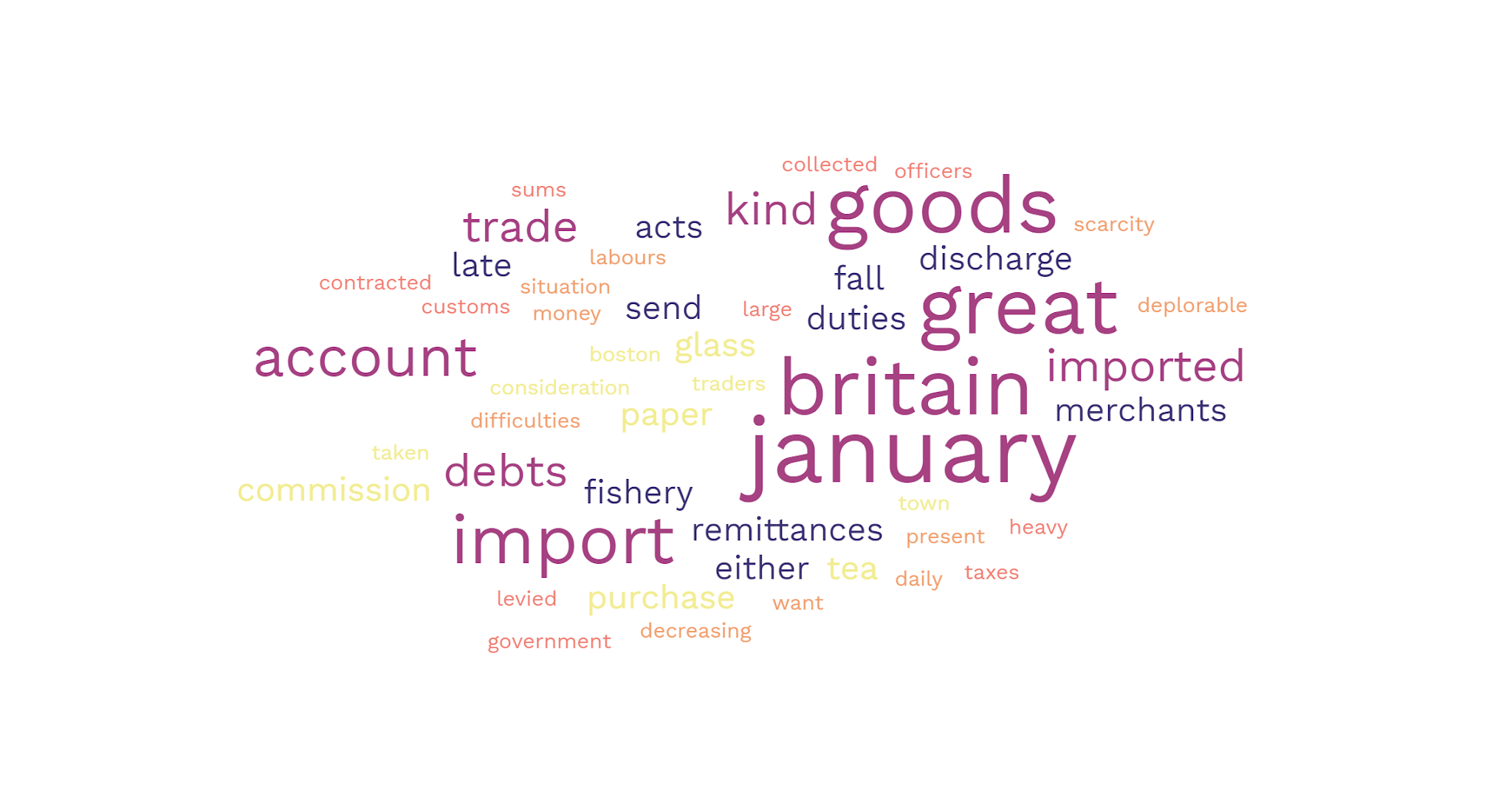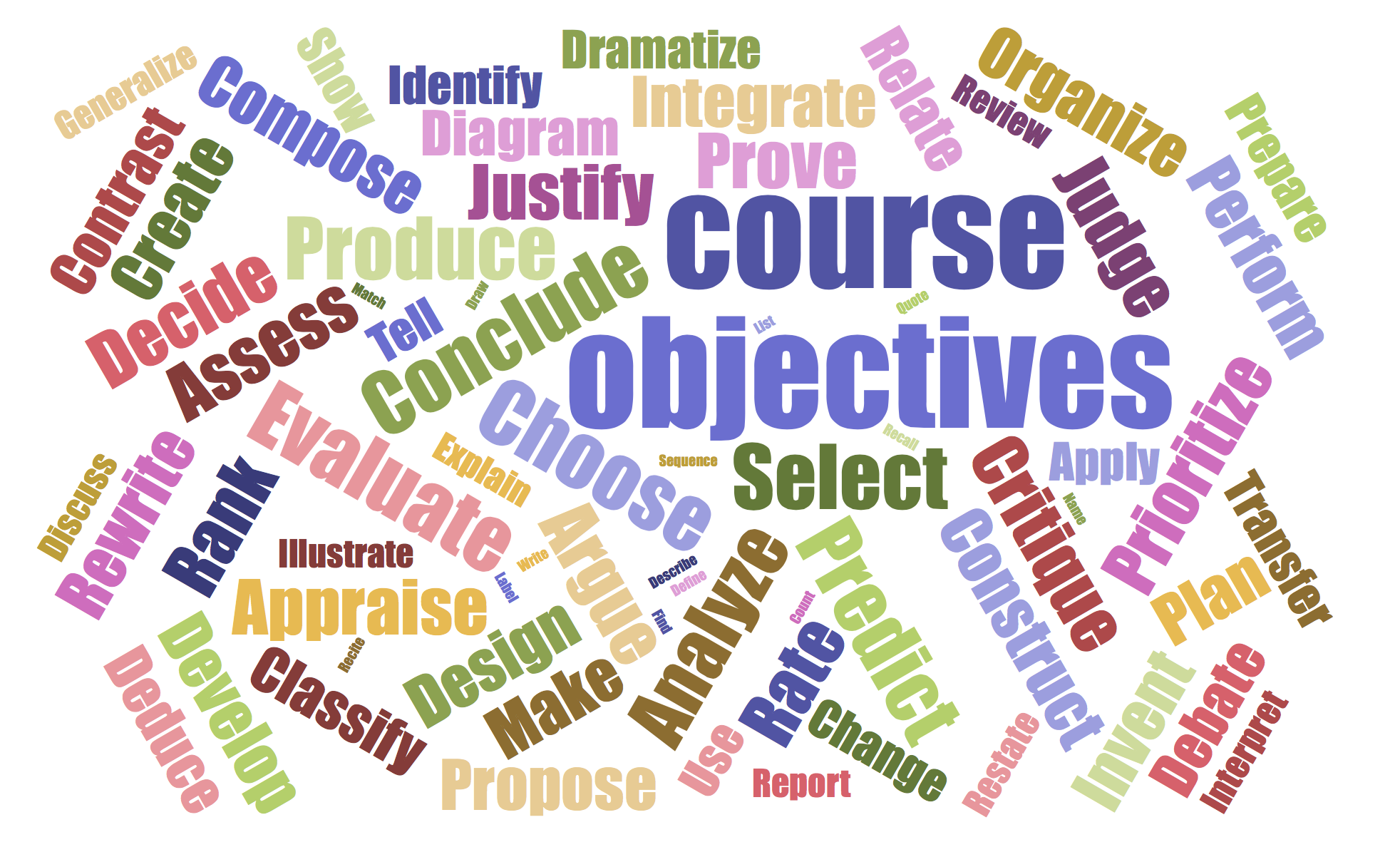

After reading, have students examine the bigger vs.Once you’ve created a piece of Word Art, you can save it and print it to use in class. But sometimes it’s interesting to paste a complete book into a generator, to notice overall trends of the work.

Usually, I like to use just one slice-a chapter or section-of a longer text so we can examine it closely. Google the text you want to use and see what you can find. Older works (like Frost’s poems) are in the public domain and are easily found online. There is a caveat, however: You must be able to copy and paste (or type) your text into the word cloud generator site. But with this one rule, we can help them more deeply explore texts. Unless they’ve been told this, students rarely realize this formula-they just think the clouds are neat-looking word collages. The premise of word cloud generators is simple: The more frequently a word appears in a text, the larger it appears in the picture. They can also be a powerful teaching tool, too, with the right directions and questions. We enjoy the color and pattern, and the way new words keep jumping out at us the longer we look. These colorful word clouds are everywhere – on posters, playbills, T-shirts, and even take-out menus. Our favorite app is Word Art which includes most tools mentioned here and offers free standard image downloads.Įveryone knows about word cloud generators. Check out this We Are Teachers article (6/28/22) for a Top 10 list or see if a learning platform you use has a generator built in. The ideas can be easily adapted to other similar apps still available.

Editor’s note: The word cloud generators Wordle (not the game) and Tagxedo have faded away since Marilyn wrote this excellent post.


 0 kommentar(er)
0 kommentar(er)
